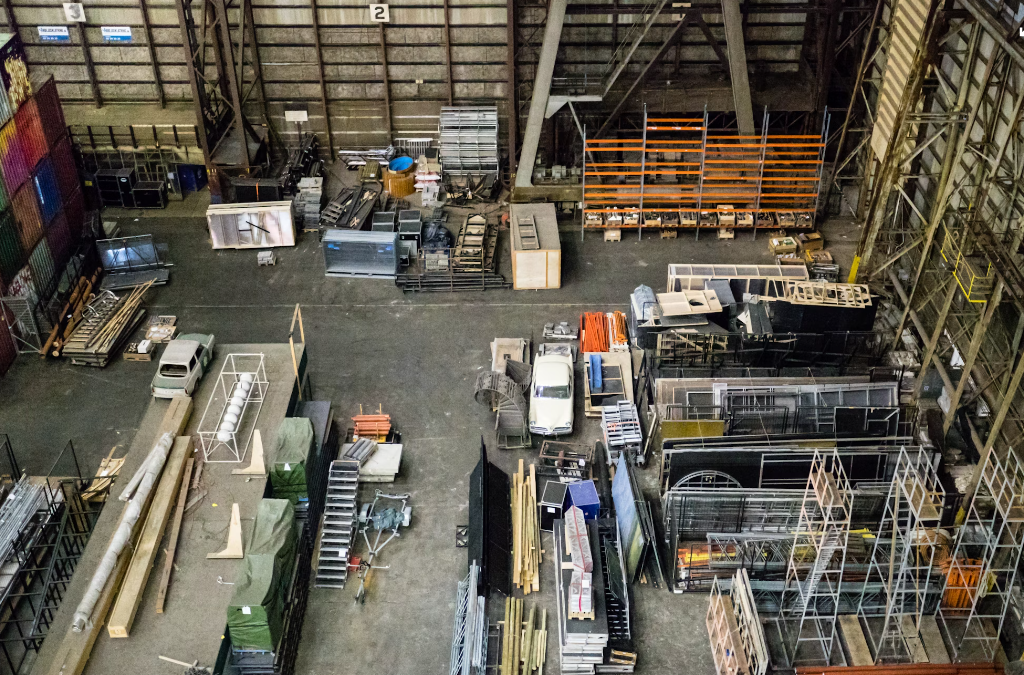
Introduction
Temporary lighting is essential on many job sites, especially during construction, renovation, maintenance, or emergency situations. While it provides much-needed visibility, it also introduces unique hazards that can result in serious injuries or even fatalities if not handled properly. This safety talk will focus on the importance of proper use, installation, and maintenance of temporary lighting to ensure a safe working environment.
Why Temporary Lighting Is Needed
Temporary lighting is often used in areas where permanent lighting is not yet installed or in situations where additional illumination is required, such as during night work or in confined spaces. It is critical in ensuring that workers can see clearly, preventing accidents related to poor visibility like trips, falls, or mishandling of tools and equipment.
Potential Hazards Associated with Temporary Lighting
1. Electrical Hazards:
– Shock and Electrocution: Temporary lighting systems are often connected to power sources using extension cords and temporary wiring, which can be susceptible to damage. If these cords or fixtures are faulty, they can expose workers to electric shocks or even electrocution.
– Overloading Circuits: Temporary lighting systems can sometimes overload circuits, especially if multiple lights are connected to a single power source. Overloading can cause overheating, leading to potential fires.
2. Fire Hazards:
– Overheated Lamps: Some types of temporary lighting, especially incandescent and halogen lamps, can become extremely hot. If these lamps are placed too close to flammable materials, they can ignite a fire.
– Improper Wiring: Poorly installed or maintained temporary lighting can result in exposed wires or faulty connections, which are significant fire risks.
3. Physical Hazards:
– Trips and Falls: Improperly placed lighting fixtures or cords can create tripping hazards. Workers may also trip over or bump into lighting stands, especially in dark or cluttered areas.
– Poor Lighting Conditions: Inadequate lighting can cause shadows, glare, or insufficient illumination, which can contribute to accidents by obscuring hazards or making it difficult to perform tasks safely.
Safety Precautions for Temporary Lighting
1. Proper Installation:
– Qualified Personnel: Only qualified electricians should install temporary lighting. They should follow the manufacturer’s instructions and adhere to local electrical codes and standards.
– Stable Mounting: Ensure that lighting fixtures are securely mounted or suspended. Lights should be positioned to avoid direct exposure to eyes, minimizing glare, and should not create shadows that could obscure hazards.
– Correct Wiring: Use proper wiring techniques and materials that are suitable for the environment. Ensure all connections are secure, and protect wires from physical damage by routing them away from high-traffic areas.
2. Choosing the Right Type of Lighting:
– Environmentally Suitable Fixtures: Select lighting that is appropriate for the specific work environment. For example, use explosion-proof lighting in hazardous locations and moisture-resistant fixtures in wet or damp areas.
– LED vs. Incandescent: Consider using LED lights instead of incandescent or halogen lights. LEDs are more energy-efficient, produce less heat, and are less likely to cause fires.
3. Regular Inspection and Maintenance:
– Routine Checks: Inspect temporary lighting regularly to ensure it is in good working condition. Check for signs of wear and tear, such as frayed cords, loose connections, or broken fixtures.
– Immediate Repairs: Any damaged lighting equipment should be repaired or replaced immediately to prevent hazards. Never use makeshift repairs, such as tape or wire splices, as they can increase the risk of electrical shock or fire.
– Cleanliness: Keep lighting fixtures clean and free from dust, debris, and other contaminants that could affect their performance or create fire hazards.
4. Emergency Preparedness:
– Backup Lighting: Always have a plan for backup lighting in case of power failure. This could include battery-operated lights or generator-powered systems.
– Training: Ensure all workers are trained on the proper use of temporary lighting and know how to identify potential hazards. Workers should also be trained in emergency procedures, such as evacuating a site in the event of a fire or other lighting-related emergency.
Conclusion
Temporary lighting is a critical component of many work environments, but it comes with its own set of risks. By following proper installation, use, and maintenance procedures, these risks can be minimized. Always ensure that the lighting is appropriate for the environment, is installed by qualified personnel, and is regularly inspected and maintained. Remember, safety is everyone’s responsibility—proper lighting not only helps to illuminate the work area but also ensures that all workers can perform their tasks safely and efficiently.



